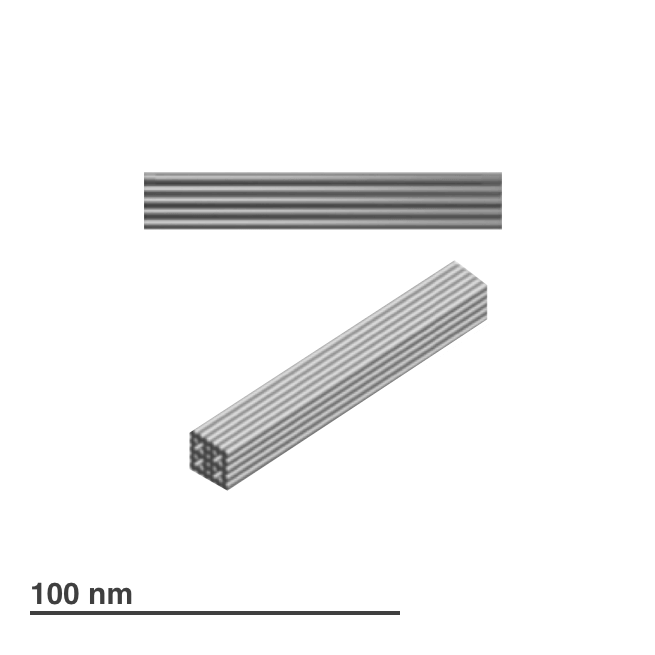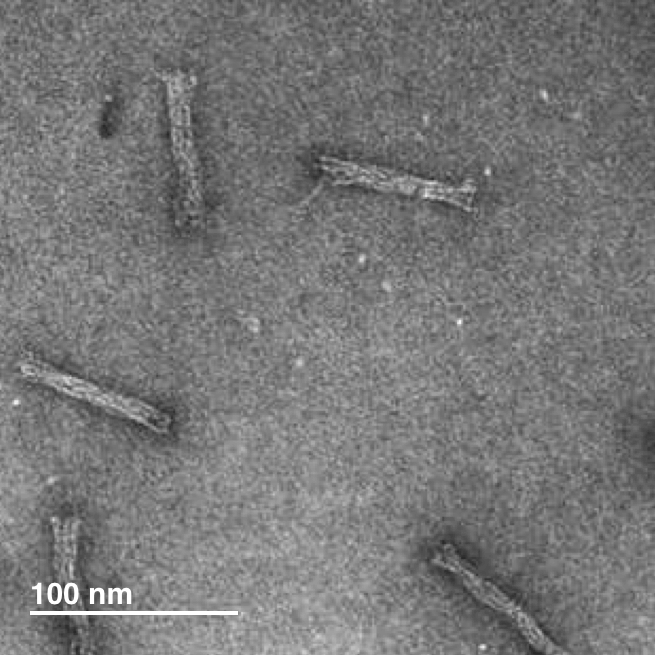Nano Visualization
DETAILS
DNA nanotechnology is an exciting field of research where structures and machines are designed and assembled using DNA. Nano Designer aids researchers in designing DNA capsules targeting cancerous cells, shape-shifting DNA machines, and DNA walkers.
LEAD
Josepy Schaeffer (Autodesk Research)
ROLE
Product Strategy, User Research, 3D Art, Design Lead
Case Study
Autodesk Life Sciences
Autodesk Life Sciences is a diverse group of designers, scientists, and engineers who build and launch technologies to solve the world's most complex design challenges from nano design, molecular visualization to genetic engineering.
Opportunity
One of the leading causes of fatalities in cancer is due to the immunity to treatments. In recent years the costs to produce artificial DNA has decreased rapidly, enabling a new generation of scientists to research and synthesize nanoscale structures - DNA origami. DNA origami has found a number of applications from drug delivery systems to uses as circuitry and sensors.
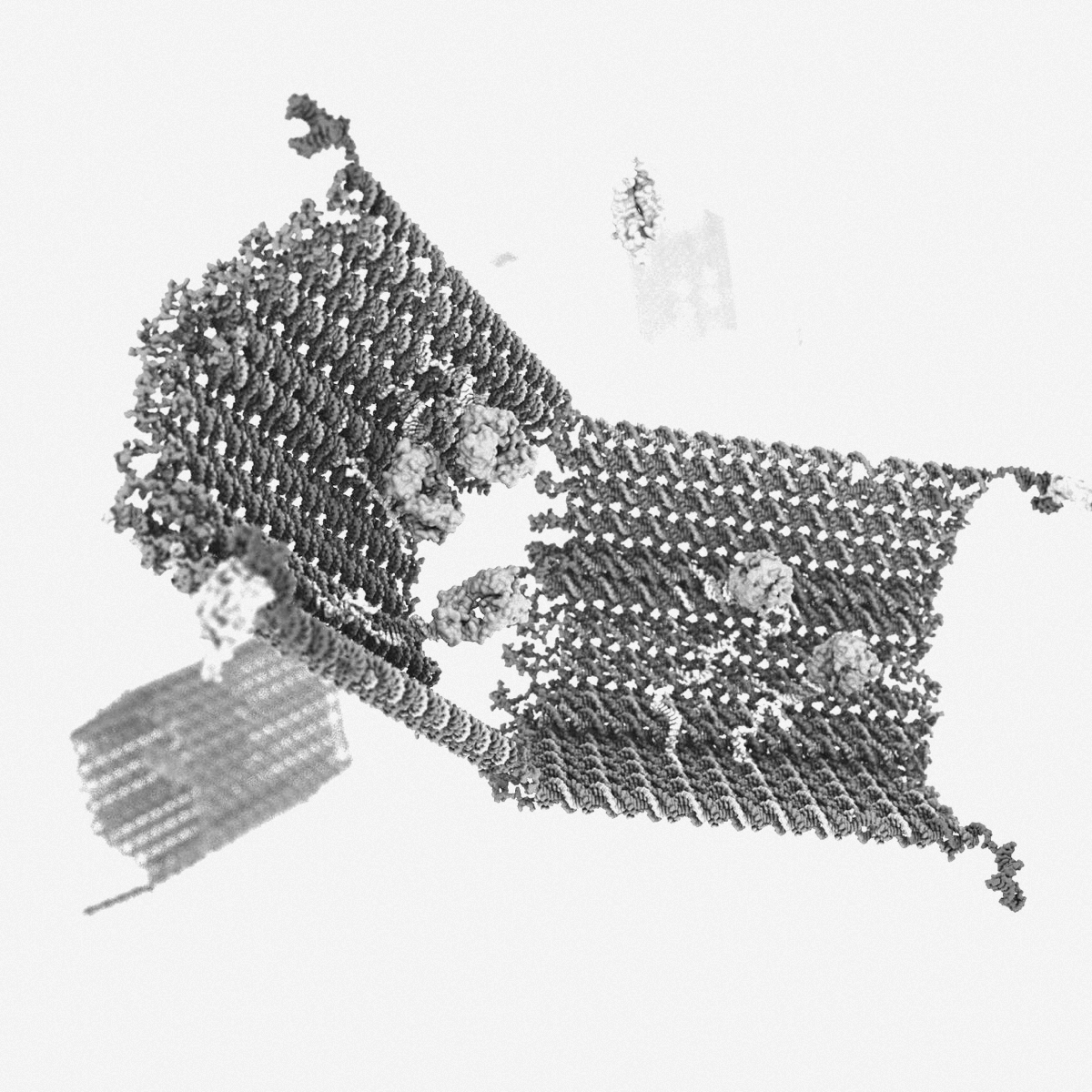

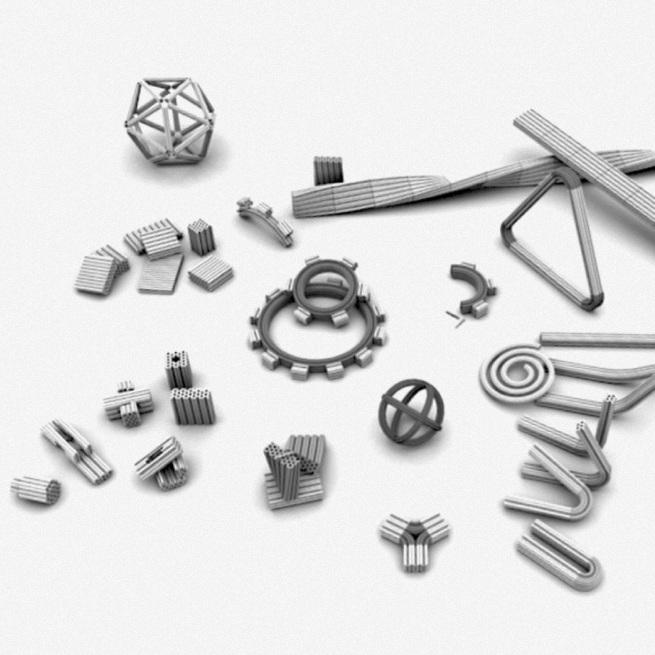
DNA nano structures. Courtesy of Shawn Douglas and Hendrik Dietz
“DNA origami nano structures have a lot of potential for drug delivery, not just for making effective drug delivery vehicles, but enabling new ways to study drug delivery.”
Carlos Castro, director of the Laboratory for Nanoengineering and Biodesign
Process
Autodesk Life Sciences approaches challenges that have the aspiration and riskiness of research with the ambition of a startup. Possible projects are developed and rated within a short period of 3-6 months. To minimize risk we follow a flexible design process.

1. Research: Understanding context, opportunity, and user needs
2. Analysis: Defining the problem in human-centric ways
3. Ideation: Creating many ideas in ideation sessions
4. Validation & Iteration: Prototyping, testing and refining the solution
The purpose of steps 1 and 2 is to understand the problem, that we can prepare to explore possible solutions. We want to be confident that we’re solving a problem that will provide value for our users, customers, and stakeholders.
Research
Science
A strand of DNA consists of four base pairs. A, T, C, and G. Like magnets those bases are attracted to each other. These physical interactions are responsible that two opposite single strands of DNA will bind together and twist into the double helix structure of DNA. In DNA origami scientists print strands of DNA, with specific sequences of base pairs, that will attract and bind with one another, so that they fold up into three-dimensional shapes.

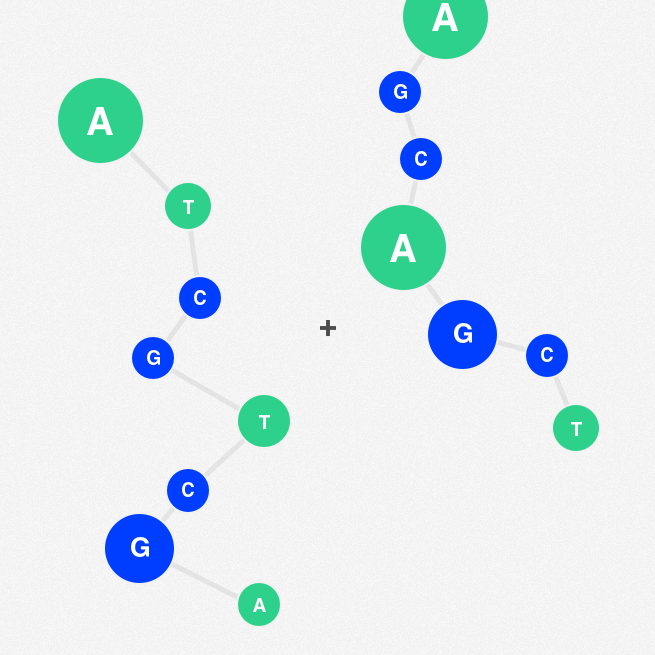
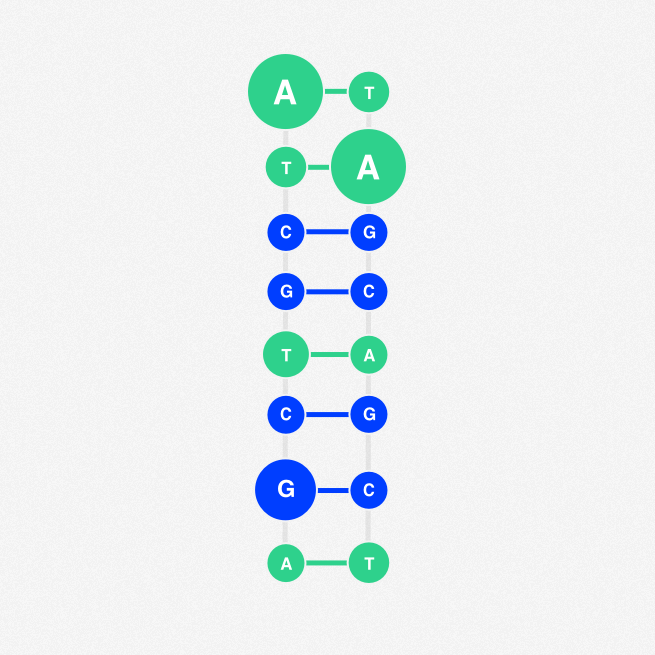
Complementary strands of DNA bind together
Market
Autodesk Life Sciences focuses on technology with high risk and high potential. DNA origami has proven to be a promising field in cancer research. Traditionally reserved for established research labs and Pharma companies, the sinking costs of DNA synthesis has opened a new market of emerging and undergraduate scientists.
Target
We interviewed undergraduate students and established domain experts to develop our target persona. Our target group has a high tolerance for technical and visual complexity and are enthusiastic adopters of experimental technology. All participants collaborate in teams and are highly dependent on specialized contributors - domain experts, engineers, and 3D designers. We followed several teams over the course of a year, getting a better understanding of their challenges at various stages of their projects.
Analysis
Problem Statement
At this stage, we define the problem clearly enough that we can begin working on potential solutions. Several software applications for designing and analyzing DNA origami are currently available. The most prominent one - Cadnano simplifies and enhances the process of arranging DNA strands into three-dimensional nano structures. While being the de-facto standard in DNA origami design, Cadnano’s 2D interface quickly reaches its limits as the complexity of DNA structures increases.
The lack of 3D visualization is one of the biggest challenges in designing and assessing the feasibility of DNA nano structures.



Existing solutions are limited to 2D visualizations of DNA nano structures
Strategy
Possible challenges are ranked according to impact and feasibility in collaboration with engineering, marketing, and product divisions. For our initial milestone, we decided to focus on the development of a 3D visual language, capable of displaying the high complexity of DNA structures.
• Timeframe: 6 months
• Functional: Enable exploration of existing designs to asses their feasibility of production
• Technical: Leverage Autodesk’s IP in 3D visualization and technology stack
• Target: Undergraduate students - high tolerance for 0.1 software, early adopters, domain experts
Ideation
We needed a language that would allow us to display relevant information in a clear manner while staying true to the physical form of DNA. Looking at successful examples of information design we investigated various examples of metro maps. Our approach was to apply their visual cues to our 3D visual language. Initial sketches were rendered in Sketch, Maya, Cinema4D, and Plexus.
3D visual Language



Metro maps

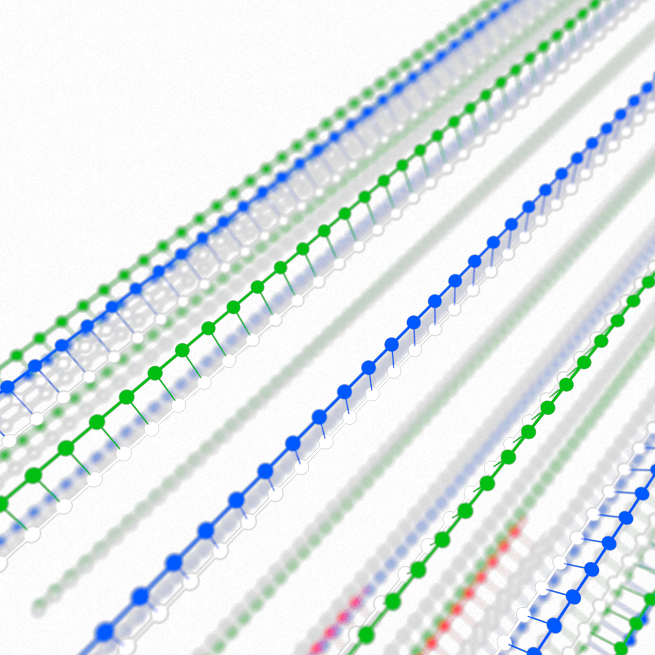

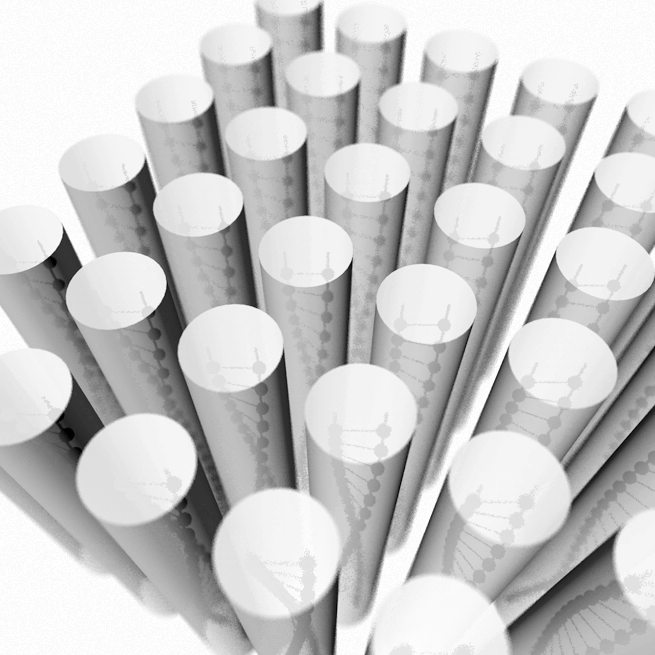
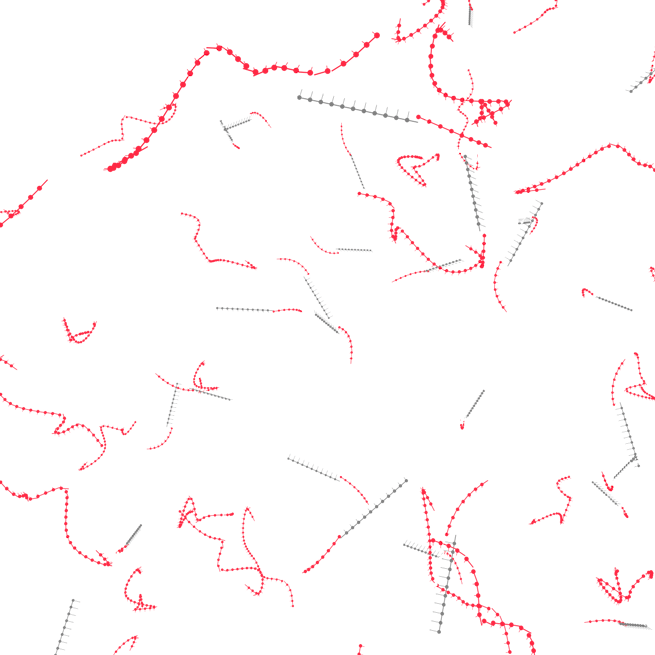

Applying vlsual cues of metro maps to the 3D language
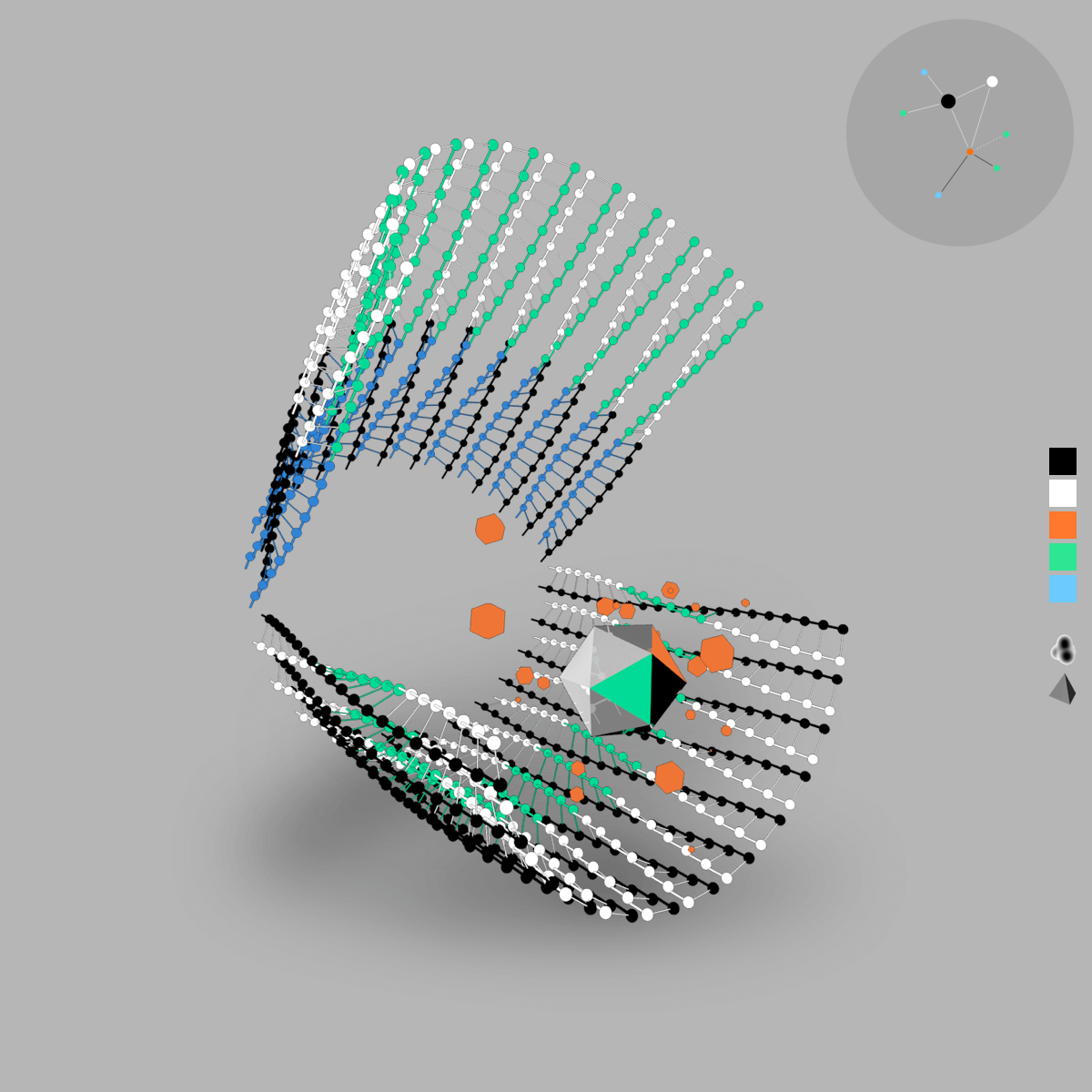


3D language in context of the 2D browser
Validation
The goal of steps three to five is to release software that solves the problem identified by the first two steps. We explore a variety of potential solutions and get iterative feedback before committing to full implementation. We start sketching, paper prototyping, then interactive prototyping of the strongest solutions.
Interactive prototypes were developed in Framer and node.js. We measured the readability of the 3D language with remote participants and focus groups at BioMOD - a yearly DNA origami focused design convention. We validated the general direction, but the readability of structures decreased with increasing complexity.

Readability of the 3D language decreased with increasing complexity
Iteration
Our next goal was to reduce visual noise within the language. There is only a limited amount of data a user is able to parse at once - beyond that, data is perceived as noise. We developed a function that balances the noise threshold by hiding or consolidating data. In practice this means as the user zooms out to see the entirety of the model, less detail is shown. As the user zooms into a smaller part of the model more detail is revealed. Further user testing validated this direction.


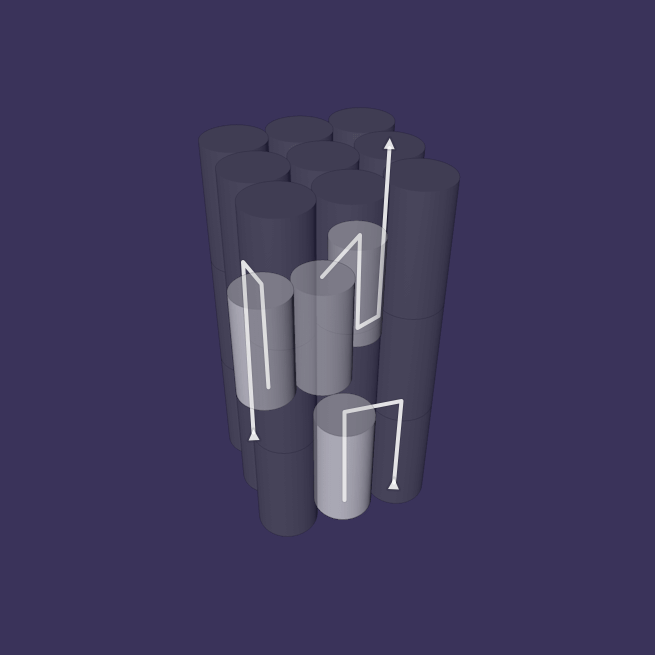
Balancing the amount of detail with the zoom factor
In later iterations, we focused on simplifying 3D navigation. Navigating 3D takes practice and time - our users spent a lot of time zooming, panning and rotating the model to access points of interest. By analyzing the structure we generate a pre-scripted tour of points of interest allowing users to quickly frame those points without the need for navigation.



Pre-scripted tour through the DNA structure



Focus group at Autodesk Pier 9
Ideation
Interviews showed that users need to analyze different sections of the underlying DNA sequence to assess their 3D structure. Due to the immensely large datasets of A, T, G and Cs known solutions, like tree-view browsers tested as inefficient. Highest efficiency was measured, using a novel interaction that combines the qualities of a list and column view.




The 2D browser allows users to quickly pinpoint and compare different sections of the DNA sequence
Final Design
The current release of Nano Designer brings needed improvements to the promising field of DNA Origami research. Further enhancements will focus on simulation and analysis of DNA structures.

UI architecture: 2D visualization and browser (left), 3D visualization (center) and tools (right)

2D visualization for DNA strand lengths
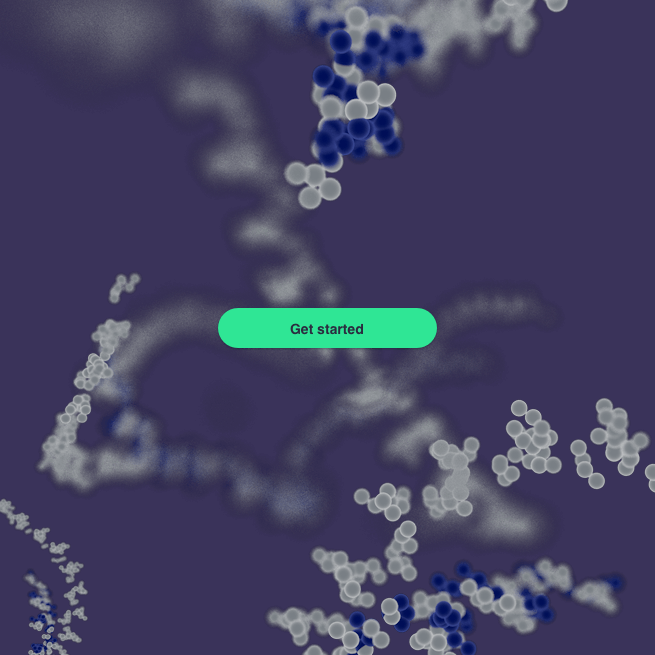


Design System
UX architecture and visual style of the application were developed in parallel with the 3D visual language. Colors are inspired by the qualities of electron microscope imagery, evoking a deep, rich and immersive environment.
Early on we decided to develop a design system, to unify experience and visual design across the portfolio of Life Sciences applications. The application is based on React components, to allow for faster iteration and the development of reusable design elements.
Shape and color ideation






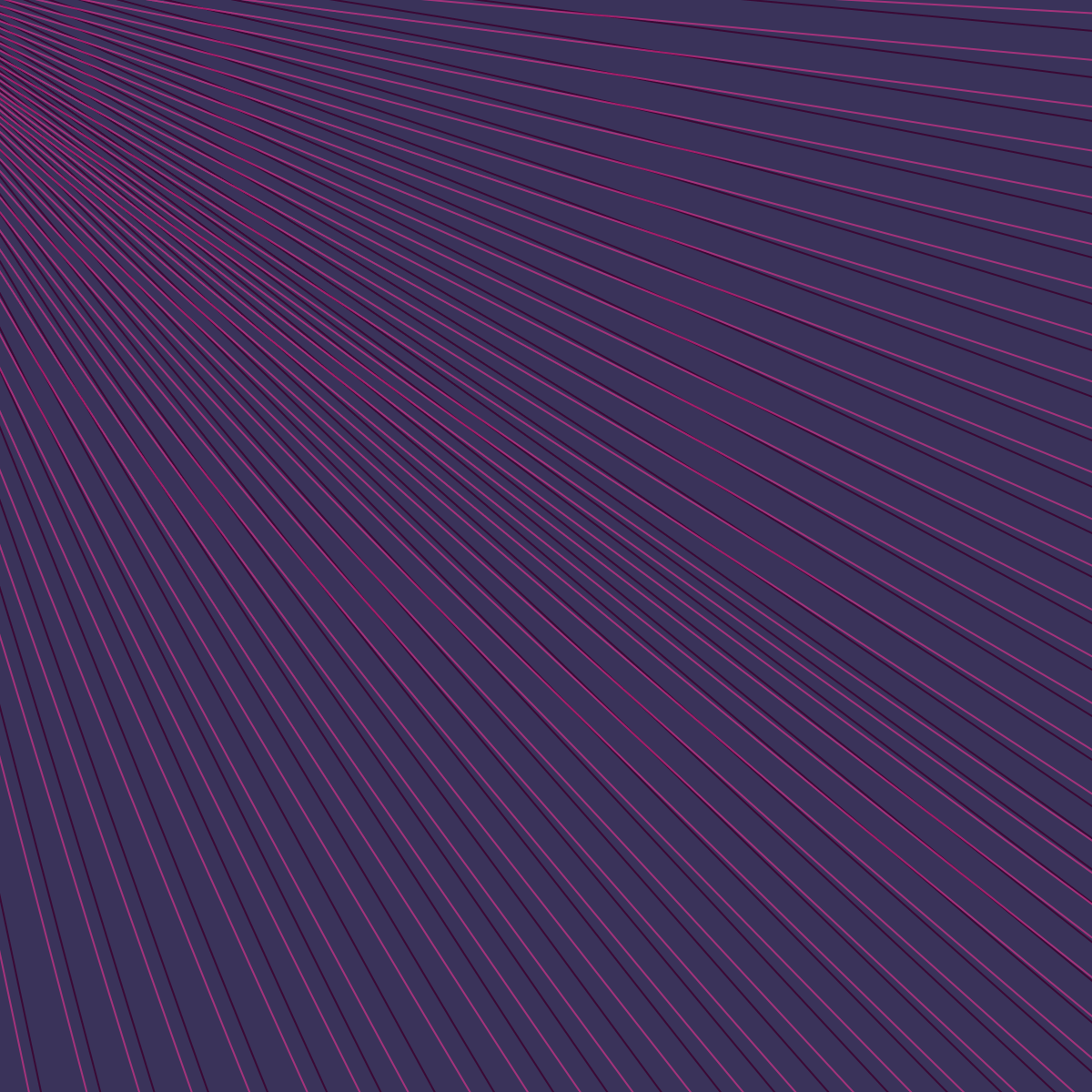


Interface Iterations
The application consists of three functional parts: 2D navigation, 3D visualization, and analysis tools. In later iterations, we moved from a light to a dark interface theme.
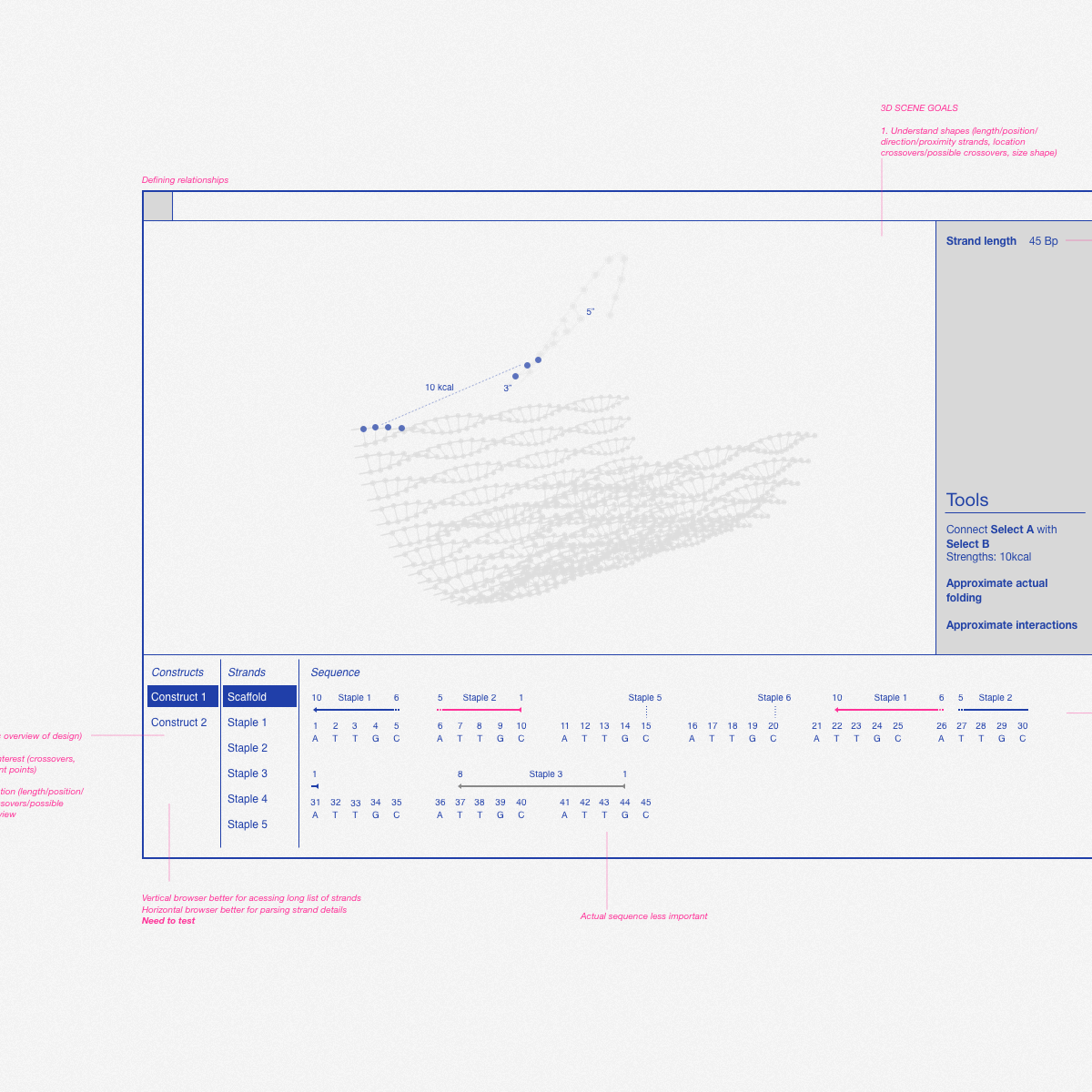

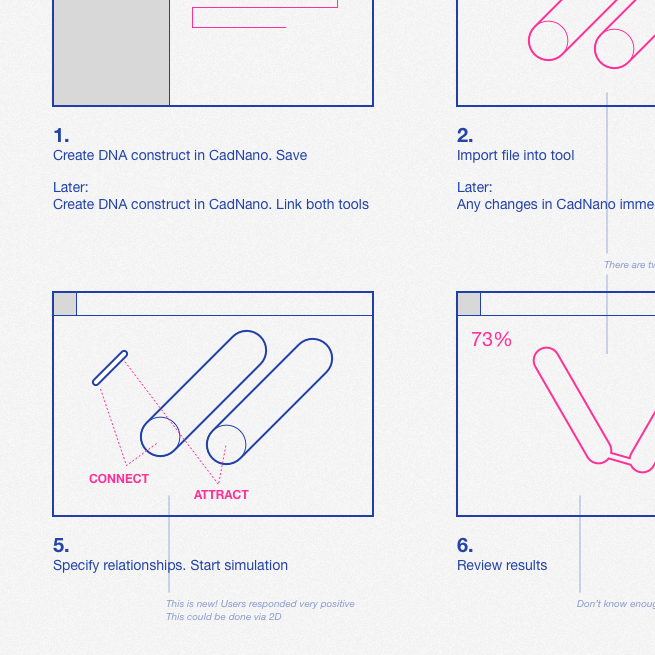
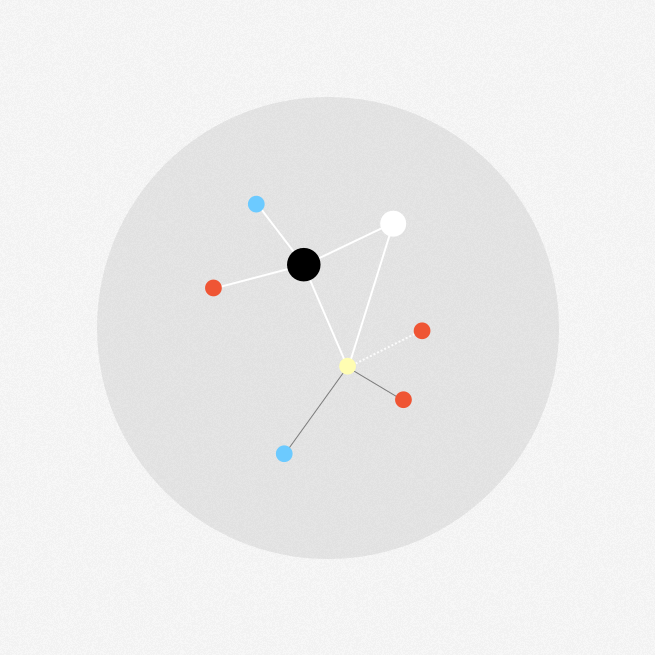
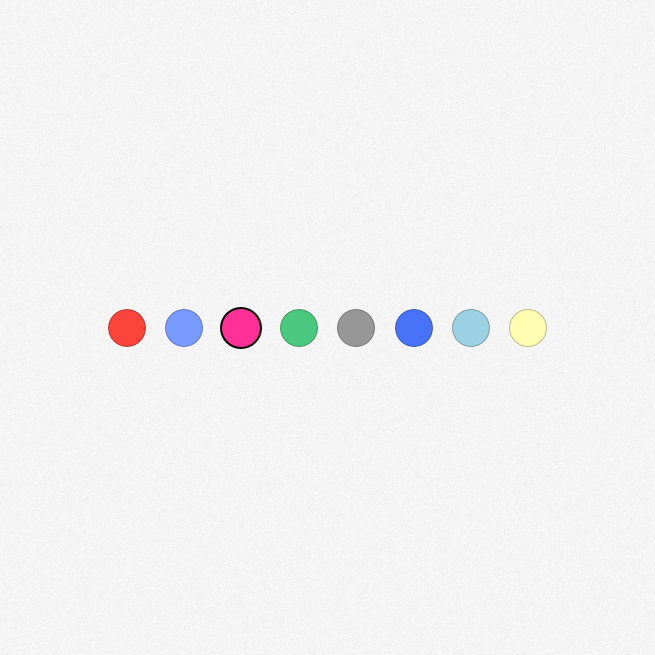

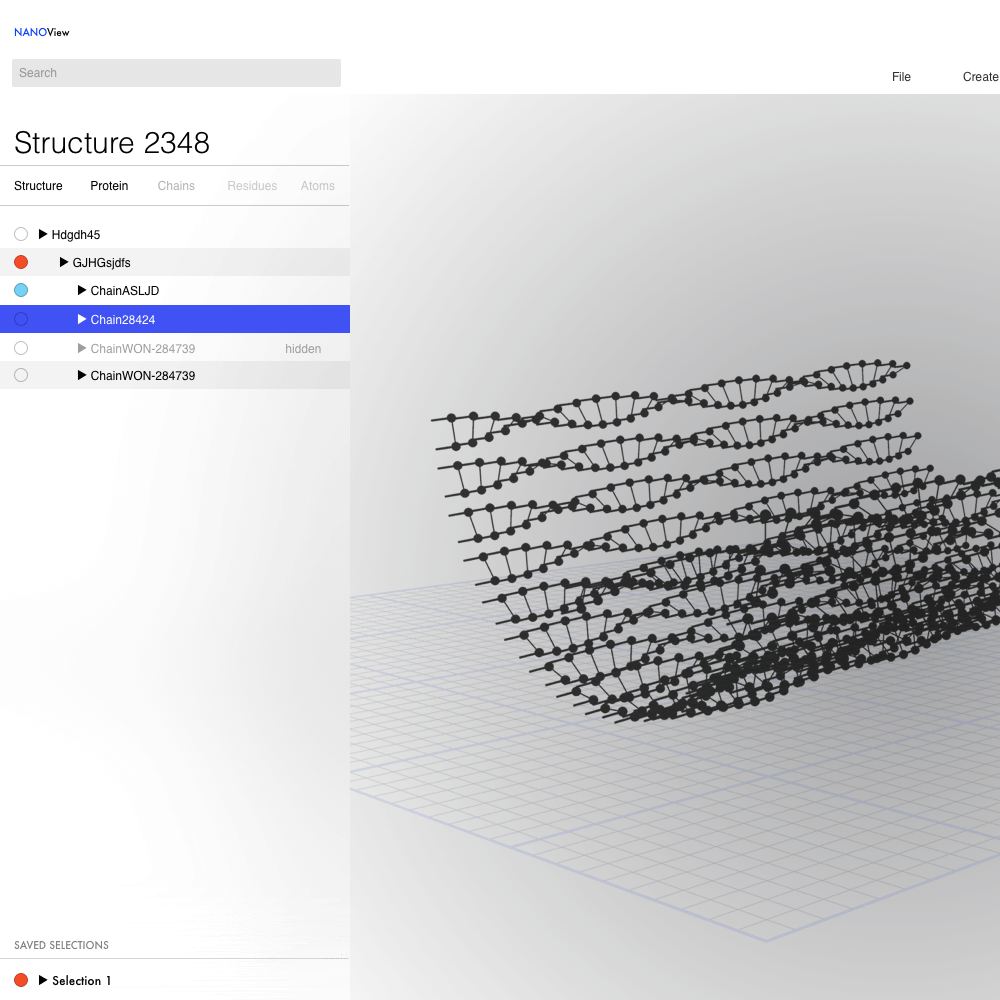

Logo ideation
The initial design vision was to create a logo that embodies the underlying math, geometry, and beautiful symmetry when working with living materials. We then decided to create a single logo for the complete portfolio of Life Sciences products. The final version is an abstract rendering of a molecule inspired by the images of electron microscopy. Logos are color-coded according to their product line.



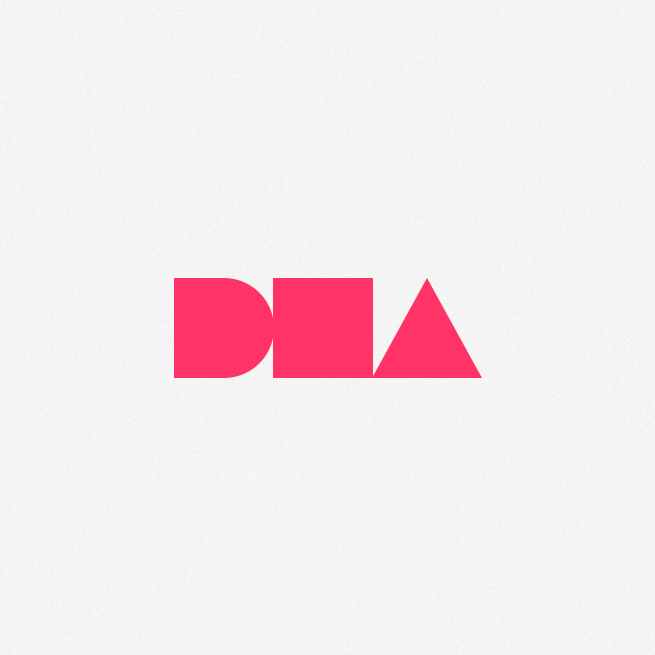


Logo sketches and iterations
Outcome
DNA nanodesign continues to proof itself as an exciting field of research. Researchers at The Ohio State University are working on a DNA origami structure able to smuggle drugs into resistant cancer cells. In laboratory tests, leukemia cells that had become resistant to the drug absorbed it and died when the drug was hidden in a capsule made of folded up DNA. The researchers have since begun testing the capsule in mice, and hope to move on to human cancer trials within a few years. Read more.
